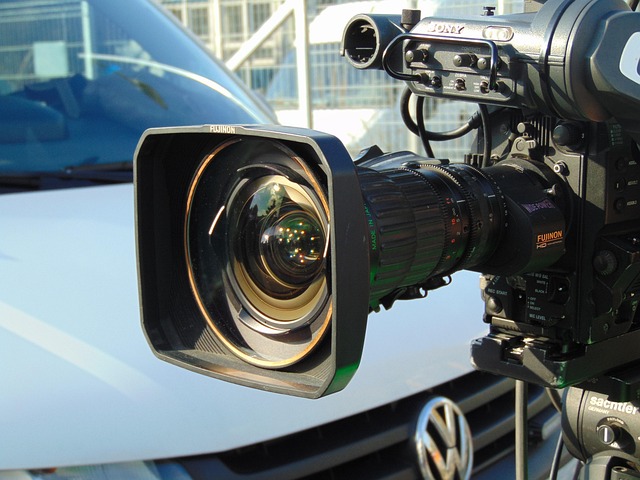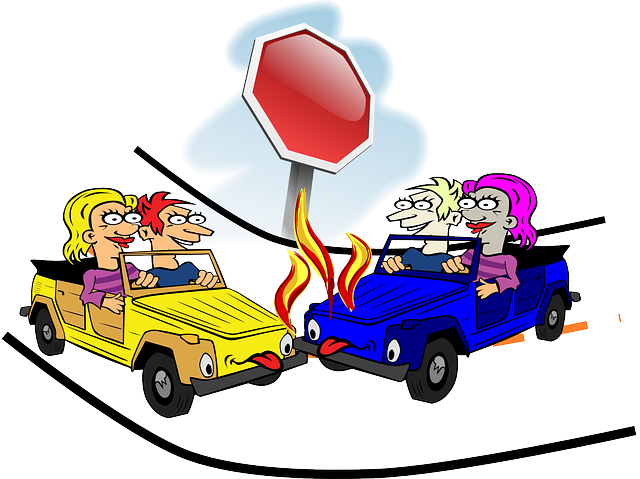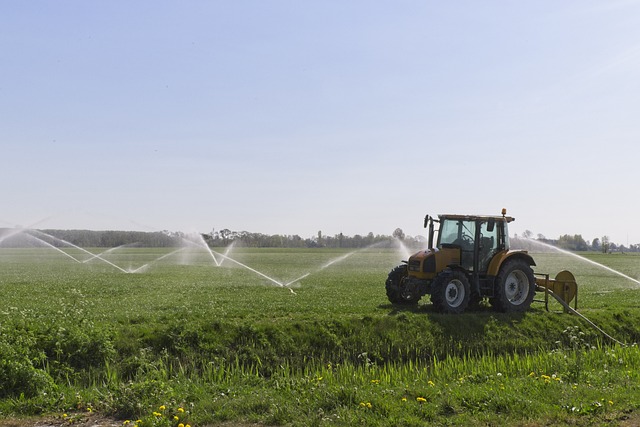Full Coverage Insurance is a comprehensive automotive protection plan that safeguards drivers against unforeseen events and financial burdens. It offers collision coverage for accident repairs/replacements, regardless of fault, and comprehensive coverage for damages caused by theft, vandalism, natural disasters, or falling objects. This extensive protection ensures policyholders can repair or replace their vehicles without significant out-of-pocket expenses. Key components include understanding the differences between collision and comprehensive coverages, recognizing policy limits and deductibles, prioritizing safety after an accident, and knowing the exclusions to effectively utilize this type of insurance for peace of mind on the road.
“Looking for comprehensive protection against unexpected events? Full Coverage Insurance emerges as a robust shield, offering peace of mind and financial security in the face of accidents and damage. This article delves into the intricacies of full coverage, exploring what it entails, its benefits, and how it differs from collision or comprehensive policies. From understanding common types of accidents to navigating claims processes, we break down everything you need to know about Full Coverage Insurance, empowering you with crucial insights for making informed decisions.”
Understanding Full Coverage Insurance: What It Covers

Full Coverage Insurance is a comprehensive automotive protection plan designed to safeguard drivers against unforeseen circumstances and potential financial burdens associated with accidents or damage to their vehicles. This type of insurance goes beyond the basic liability coverage, offering a wide range of benefits to provide thorough protection. In essence, it acts as a shield, ensuring that policyholders are not left vulnerable in the event of an accident or other covered events.
When you opt for Full Coverage Insurance, several key aspects are typically included. These include collision coverage, which pays for repairs or replacements if your vehicle is damaged in an accident, regardless of fault. Additionally, it often incorporates comprehensive coverage, covering damages from events like theft, vandalism, natural disasters, and even falling objects. This extensive protection ensures that policyholders can repair or replace their vehicles without incurring significant out-of-pocket expenses.
Types of Accidents: Motor Vehicle Collisions and More

Accidents can happen in various forms, and it’s crucial to be prepared for any eventuality. When considering Full Coverage Insurance, understanding the range of potential incidents is essential. Motor vehicle collisions are a common type of accident that Full Coverage Insurance typically covers, providing protection against damages to your car and liability for any harm caused to others.
In addition to motor vehicle collisions, Full Coverage Insurance can also protect against other types of accidents such as property damage from natural disasters like floods or earthquakes, theft, and vandalism. It may even include coverage for personal belongings lost or damaged during an insured event. This comprehensive protection ensures that you’re not left burdened with unexpected expenses in the event of an accident.
Comprehensive vs. Collision Coverage: Key Differences

Comprehensive versus collision coverage are two distinct types of car insurance that offer different protections for your vehicle. Comprehensive coverage, a part of full coverage insurance, kicks in when your vehicle is damaged by events unrelated to traffic accidents – think theft, natural disasters like floods or storms, vandalism, or even animal damage. It essentially covers any loss or damage that isn’t the result of a collision with another object or vehicle.
On the other hand, collision coverage is designed to protect you in the event of a crash, be it with another car, a stationary object, or even yourself. This type of coverage pays for repairs or replacement of your vehicle if it’s damaged in a collision. While comprehensive offers broader protection against unexpected events, collision covers specific incidents involving physical impact. Understanding these key differences is crucial when deciding on the right kind of coverage to include in your full coverage insurance policy.
Additional Protections: Theft, Natural Disasters, and Personal Liability

When considering full coverage insurance, it’s essential to understand that this type of policy offers a comprehensive suite of protections beyond the standard vehicle damages. Two critical areas often overlooked but covered under full coverage are theft and natural disasters. Full Coverage Insurance ensures that your vehicle is safeguarded against unforeseen events like theft or vandalism, providing peace of mind knowing your investment is protected. This includes replacement costs for a stolen vehicle and repairs from criminal damage.
Moreover, natural disasters such as floods, hurricanes, or earthquakes can cause substantial vehicle damage. Full Coverage Insurance steps in to cover these eventualities, helping you recover from the financial blow of such calamities. Additionally, this type of insurance often includes personal liability coverage, safeguarding against claims arising from accidents where you may be held responsible for damages to others’ property or injuries. This multifaceted protection is invaluable, ensuring that you’re not just covered for your vehicle but also for unforeseen circumstances that could affect your finances and personal well-being.
Limits and Deductibles: How They Impact Your Claim

Full Coverage Insurance offers a safety net for unexpected accidents and damage, but understanding the limits and deductibles is crucial when making a claim. These components play a significant role in determining how much financial protection you have and what your out-of-pocket expenses may be. Limits refer to the maximum amount your insurance policy will cover for specific types of damages or losses. Deductibles are the amount you agree to pay out-of-pocket before insurance covers the rest.
When an accident occurs, these figures directly impact the compensation you receive. If the damage exceeds your policy’s limit, your insurance might not cover the full cost of repairs or replacement. Similarly, a high deductible means you’ll need to contribute more towards the repair costs initially. Therefore, it’s essential to choose limits and deductibles that align with your financial situation and risk tolerance, ensuring adequate protection while avoiding unnecessary expenses.
Making a Claim: Steps to Take After an Accident

After an accident, the first step is to ensure everyone’s safety and call emergency services if necessary. Once it’s safe to do so, document the scene with photos and gather contact information from other parties involved. This is a crucial step when making a claim later on.
Next, review your Full Coverage Insurance policy to understand what’s covered. Contact your insurance provider as soon as possible to report the incident. They will guide you through the claims process, which typically involves filing a formal claim, providing detailed information about the accident, and possibly submitting repair estimates or medical bills. Keep all records related to the incident organized for easy reference during this process.
Common Exclusions: What's Not Covered by Full Coverage

Full Coverage Insurance offers comprehensive protection for your vehicle, but it’s important to understand what’s excluded. Unlike collision coverage, which typically includes accidents and certain types of damage, Full Coverage Insurance goes a step further by providing protection against a broader range of incidents. However, this doesn’t mean all potential damages are covered.
Common exclusions include damage caused by acts of nature like floods, earthquakes, or severe storms, as well as wear and tear, normal maintenance issues, and willful destruction. It’s also worth noting that Full Coverage Insurance usually does not cover certain high-risk behaviors, such as driving under the influence or speeding, which can lead to accidents. Additionally, personal belongings left in a vehicle or stolen during an incident may not always be covered without additional coverage options.
Benefits of Full Coverage: Peace of Mind and Financial Protection

Full Coverage Insurance offers peace of mind, providing drivers with comprehensive protection against unexpected accidents and damage. In a world where vehicle-related incidents are inevitable, having full coverage ensures that you’re not left burdened with substantial financial obligations. This type of insurance covers not only the cost of repairs but also replaces your vehicle if it’s deemed beyond repair.
Beyond financial protection, Full Coverage Insurance gives drivers reassurance knowing they’re prepared for any eventuality on the road. Whether it’s a fender bender or a severe collision, this coverage ensures that you can focus on recovery and return to the roads safely without worrying about the financial strain.
